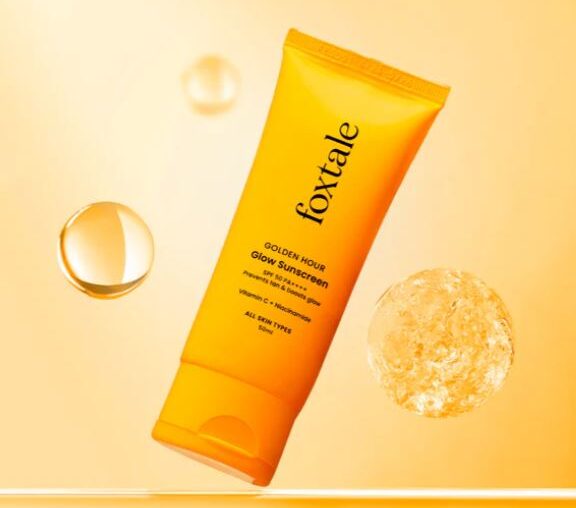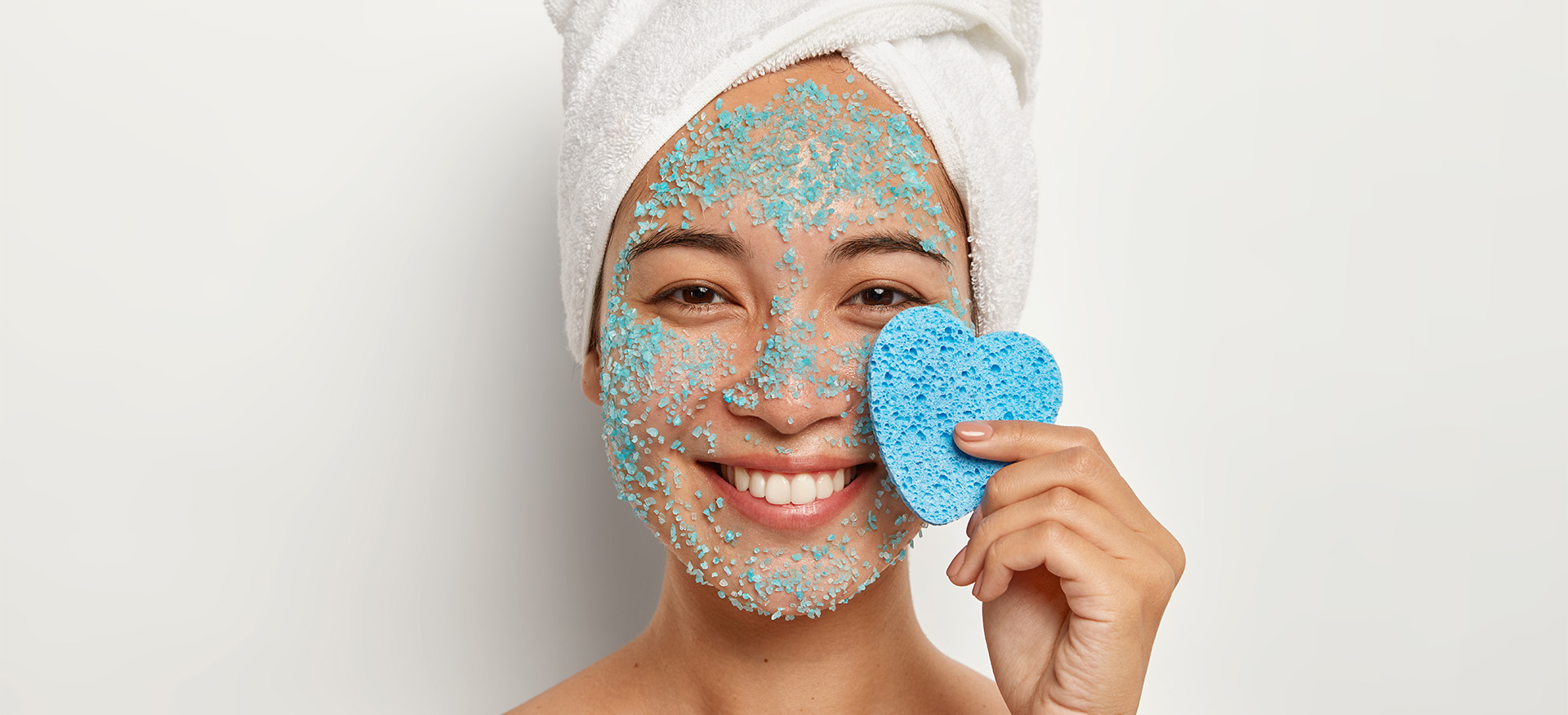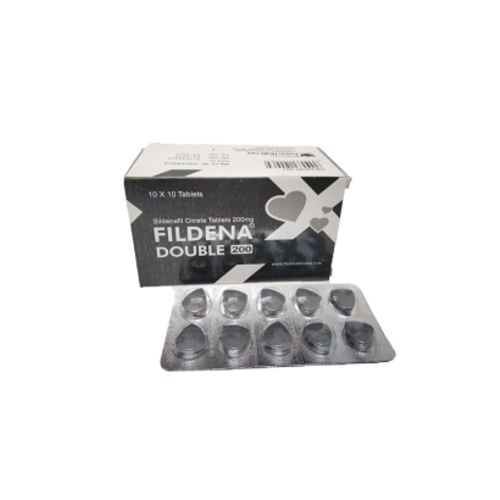When it comes to protecting your skin from the harmful effects of the sun, sunscreen is a must-have in your outdoor activity routine. Whether you’re hiking, cycling, running, or just spending time at the beach, applying sunscreen is the best way to ensure you’re shielded from the sun’s harsh UV rays. Two popular SPF (Sun Protection Factor) levels that people often debate about are SPF 50 and SPF 70. But which one is truly best for outdoor activities? Let’s dive into the difference between these two SPF ratings and determine which one is right for you.
What Does SPF Mean?
Before comparing SPF 50 and SPF 70, it’s important to understand what SPF means. SPF is a measure of how well a sunscreen protects your skin from ultraviolet (UV) radiation, particularly UVB rays, which cause sunburn and contribute to skin cancer. The SPF number indicates how much longer you can stay in the sun without burning compared to not using sunscreen.
For example, if you use SPF 50, you can stay in the sun 50 times longer than you would without any protection. So, if you’d normally burn after 10 minutes of sun exposure, SPF 50 would theoretically protect you for up to 500 minutes.
SPF 50 vs. SPF 70: The Difference
The main difference between SPF 50 and SPF 70 lies in the level of UVB protection they provide. While both sunscreens offer excellent protection, there’s a slight difference in the percentage of UVB rays they block.
- SPF 50 blocks about 98% of UVB rays.
- SPF 70 blocks about 98.6% of UVB rays.
While this may seem like a small difference, the extra 0.6% might be worth considering for those who are extremely sensitive to the sun or are planning on spending long periods outdoors. However, it’s important to note that the increase in protection is marginal, and the difference in effectiveness is not as significant as the difference in the SPF numbers might suggest.
Which One is Better for Outdoor Activities?
When choosing between SPF 50 and SPF 70 for outdoor activities, there are a few key factors to consider:
1. Duration of Exposure
For individuals planning to be outside for extended periods (several hours), such as hikers, marathon runners, or anyone participating in outdoor sports, SPF 70 might offer a slight advantage due to its slightly higher level of protection. However, if you’re only going to be outside for a couple of hours, SPF 50 is generally sufficient for most people.
2. Skin Type and Sensitivity
If you have fair or sensitive skin, you may be more prone to sunburns and skin damage. In this case, SPF 70 could provide that extra layer of reassurance. It’s especially beneficial for people who are prone to sunburns or those who are participating in high-exposure activities like swimming or beach volleyball, where you’re constantly in the sun.
3. Reapplication Is Key
Regardless of whether you choose SPF 50 or SPF 70, reapplying sunscreen regularly is essential. Sunscreen starts to lose its effectiveness over time, especially when you’re sweating, swimming, or wiping your face. Even if you’re using SPF 70, reapply every two hours, or more often if you’re sweating heavily or coming in and out of the water.
4. Activity Level and Sweat Resistance
Outdoor activities like hiking or cycling often cause sweating, which can lead to sunscreen wearing off more quickly. In such cases, opt for a broad-spectrum sunscreen that is sweat-resistant or water-resistant, regardless of whether it’s SPF 50 or SPF 70. Both types can work well in these situations as long as you’re using the right formulation and reapplying as needed.
5. Climate and Altitude
When you’re at higher altitudes or in regions with intense sunlight, such as mountainous areas or tropical climates, SPF 70 might offer that extra protection you need. The sun’s rays are stronger at higher elevations, and a higher SPF could help you stay protected for longer stretches of time.
Other Factors to Consider
While SPF is important, it’s not the only factor to consider when choosing a sunscreen. Here are a few other things to keep in mind:
- Broad-Spectrum Protection: Choose a sunscreen that protects against both UVA and UVB rays. UVA rays penetrate deeper into the skin and cause premature aging, while UVB rays are responsible for sunburns.
- Water Resistance: If you’re engaging in water activities, look for a sunscreen that is water-resistant to ensure lasting protection.
- Ingredients: Some sunscreens contain chemicals that may irritate sensitive skin. If you have sensitive skin or are concerned about the ingredients, consider mineral sunscreens with zinc oxide or titanium dioxide as active ingredients.
Conclusion
Both SPF 50 and SPF 70 provide excellent protection for outdoor activities, with SPF 70 offering slightly more UVB protection. However, the difference between the two is relatively small, and SPF 50 is often sufficient for most people. The key to protecting your skin lies in choosing a sunscreen that suits your skin type, reapplying it regularly, and taking other precautions such as wearing protective clothing and seeking shade when needed.
Ultimately, whether you choose SPF 50 or SPF 70, the most important thing is to make sunscreen a part of your daily outdoor routine to ensure long-lasting protection from the sun’s harmful rays.




